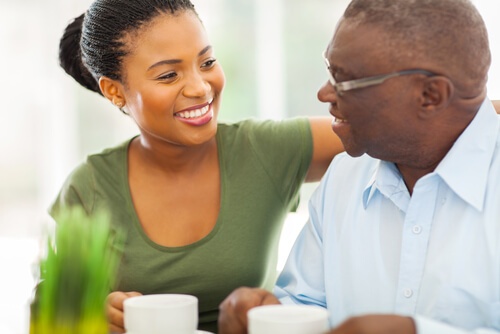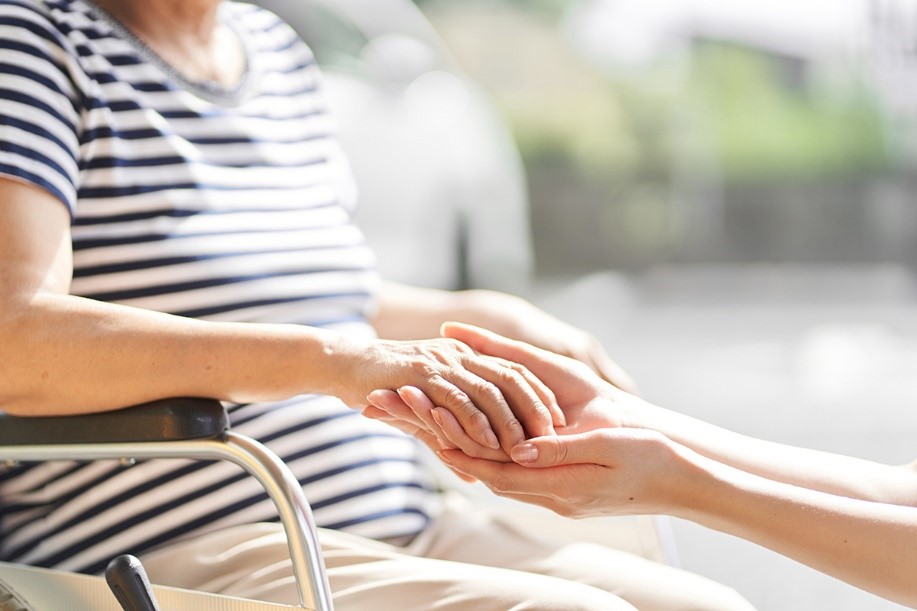
The Biggest Risk Seniors Face When Living at Home Alone
Still, most seniors prefer to live at home for as long as possible. AARP found that 90% of seniors want to live at home as long as they can, but living independently is not without risk. When seniors choose to remain at home, they face potential hazards such as:
- Fall risk
- Missed medication or overdoses
- Car accidents
- Home safety risks such as slippery floors, loose carpet, or unsafe stairs
- Depression
- Social isolation
- Medical emergencies
All of these hazards can increase the risk of injury or illness, but there is one that stands out from the rest. It’s the leading cause of injury and death for seniors, and the CDC reports that it claims the lives of more than 27,000 older adults in America every single year. What is the biggest risk seniors face when they live at home alone? It’s the risk of falling.
At Home Care: The Solution to Reducing The Fall Risk for Seniors

- Mobility Assistance. If your loved one has difficulty walking from room to room or getting into and out of chairs, an at-home caregiver can provide the assistance he or she needs to move safely through the home.
- Facilitating Exercise. If your loved one’s doctor feels that exercise would be beneficial in maintaining muscle strength, an at-home caregiver can help him or her with walks or other activities.
- Assistance with Household Tasks. When seniors with limited mobility attempt to do tasks like cleaning or cooking, falls may result. At-home caregivers will assist with these basic household tasks so that your loved one doesn’t feel pressured to do so.
- Getting Up At Night. If your loved one needs to get up in the night to use the bathroom or get a drink, an in-home or live-in caregiver can be there to assist him or her in doing these things safely.
- Preventing Environmental Hazards. Items left on the floor, insufficient lighting, loose carpet, unstable handrails, and other environmental hazards may increase your loved one’s risk of a fall. An at-home caregiver can identify and remove these risks before they cause harm.
At-home care is often the best solution for protecting your loved one from an increased fall risk as he or she ages. With customized, affordable options available, professional care at home provides the dignity and independence your family member deserves while also ensuring increased safety.
{{cta(‘6a691ae8-409b-4b09-a1d5-2864ffe1c1b5′,’justifycenter’)}}






